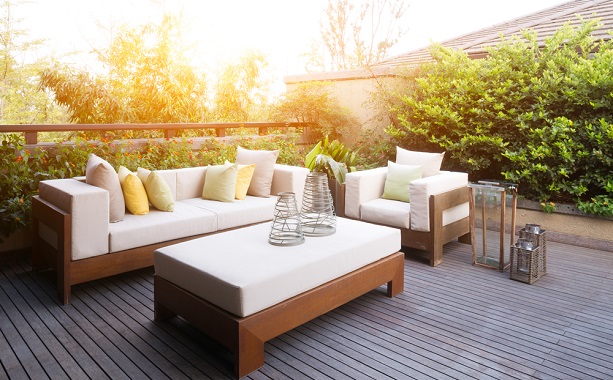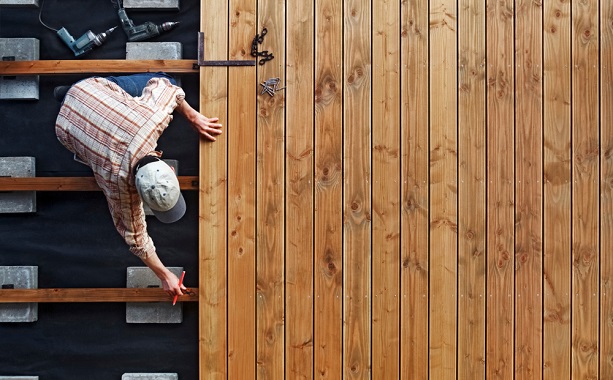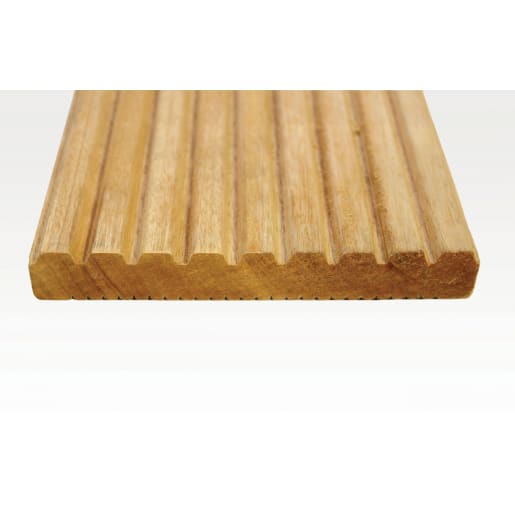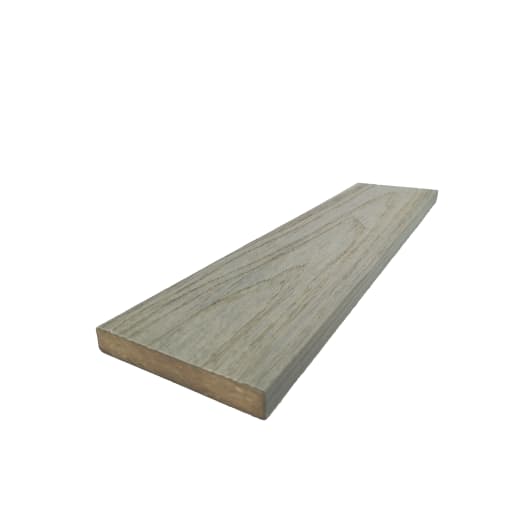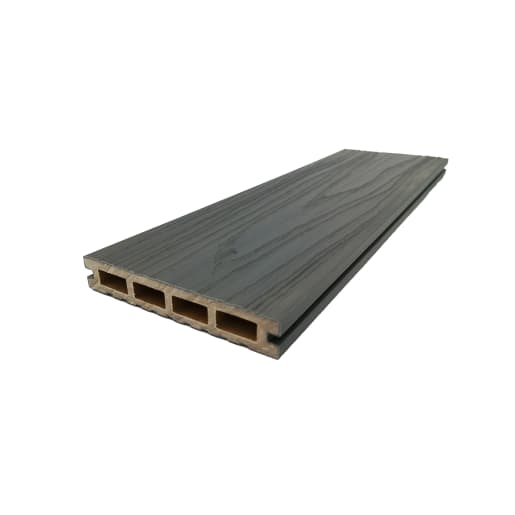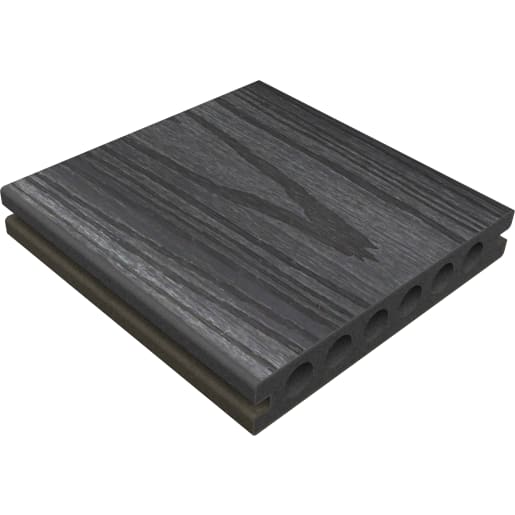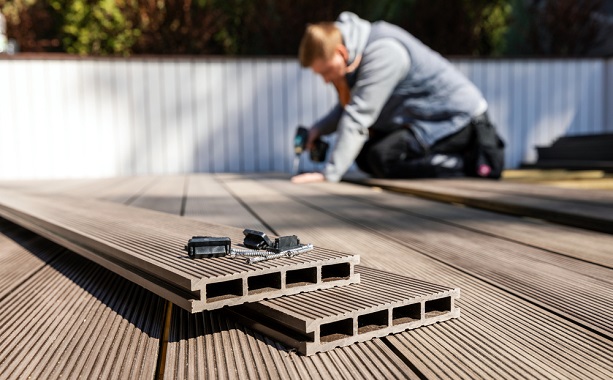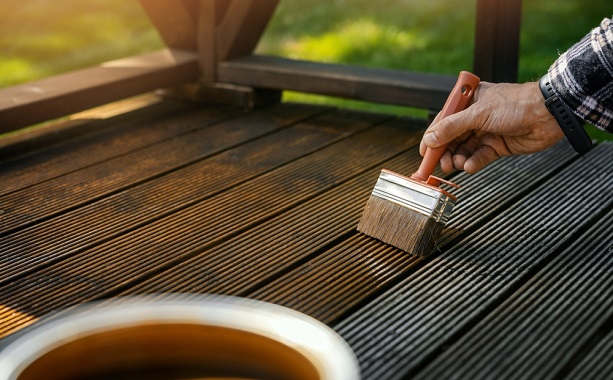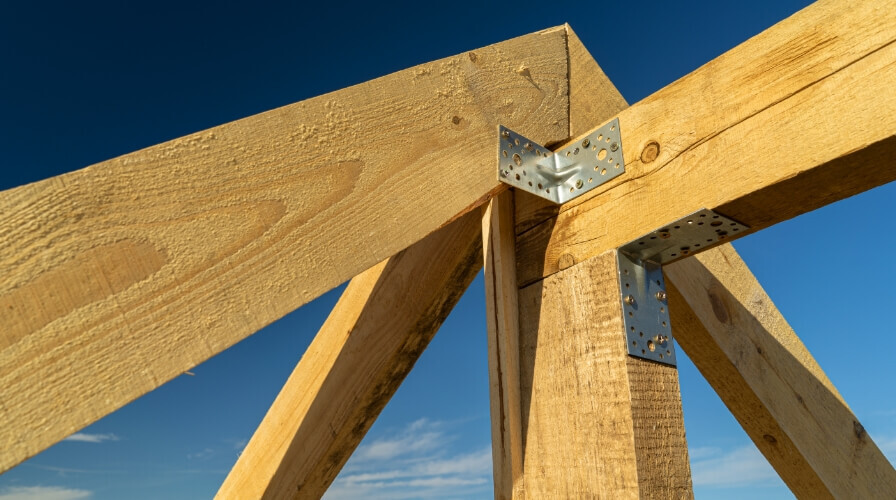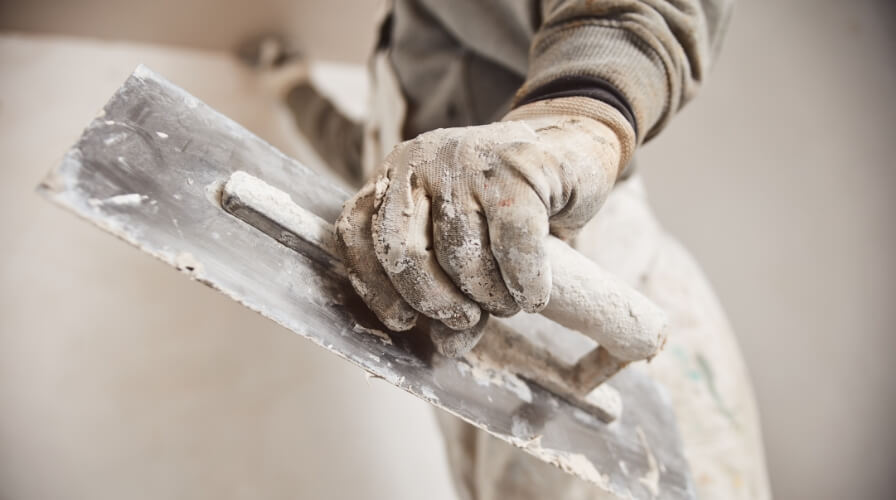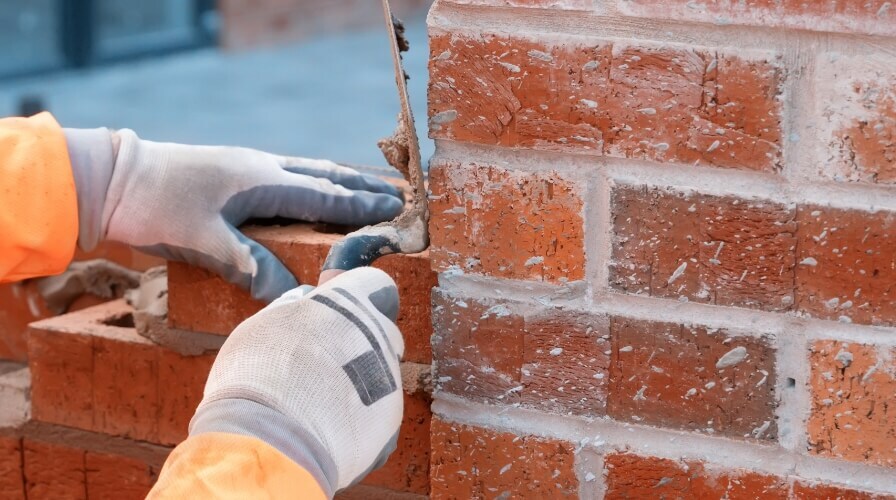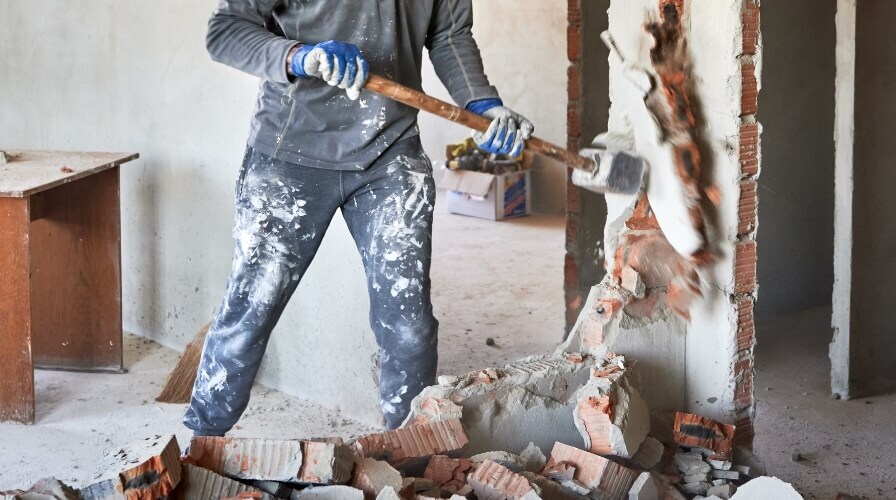How long does composite decking last vs wood decking?
You can expect composite decking to last longer than wood decking — around 20 to 30 years. Some composite decking even comes with a limited lifetime guarantee. The addition of plastic means composite decking is protected from mould, insects and extreme temperatures. It’s also less prone to cracking, splintering, and fading.
However, you should also speak to the homeowner about proper care guidelines so that they can extend the deck’s lifespan.
On the other hand, wood decking usually lasts 10 to 15 years. This varies depending on the level of care received and the type of wood used — hardwood typically lasts longer than pressure-treated pine. Sealants and stains can be used to protect the decking and prolong its lifespan.
Is composite decking slippery?
Some homeowners may be worried about the slipperiness of composite decking as it contains plastic and will be walked on.
Composite decking is generally less slippery than wood decking when dry, but this can change if it gets wet. How slippery it gets depends on the surface — smooth, polished decks will have less traction than textured styles. The angle of the deck can also affect slipperiness. If concerned about slipperiness, consider composite decking with a non-slip pattern or coating and use slip-resistant mats or tape. This improves the decking’s traction during wet conditions.
Composite decking: pros and cons
Before deciding on a decking style it’s a good idea to weigh up the pros and cons of each type.
Composite decking is a newer option and is long lasting with little if any maintenance costs. Before building, it’s essential to understand the advantages and disadvantages of using composite decking.
